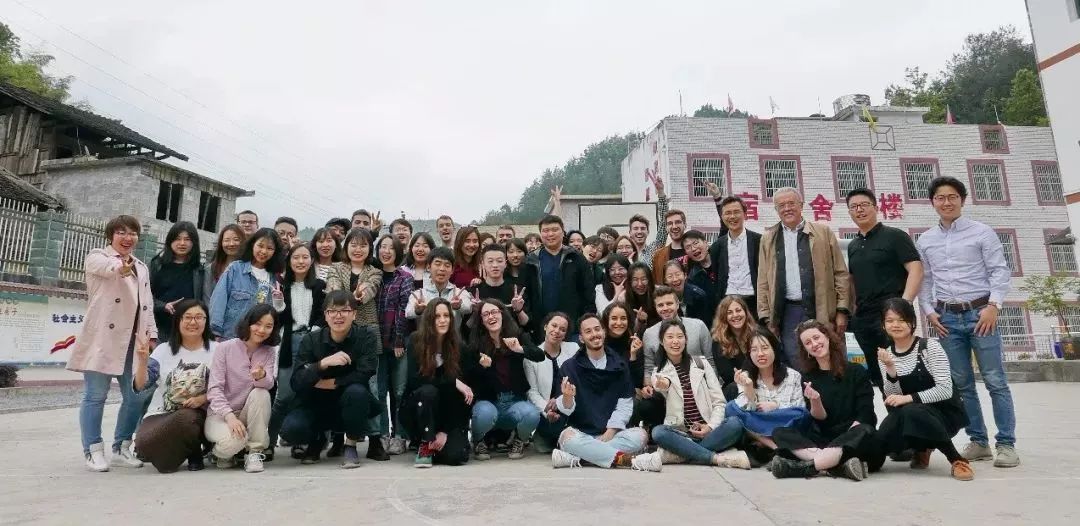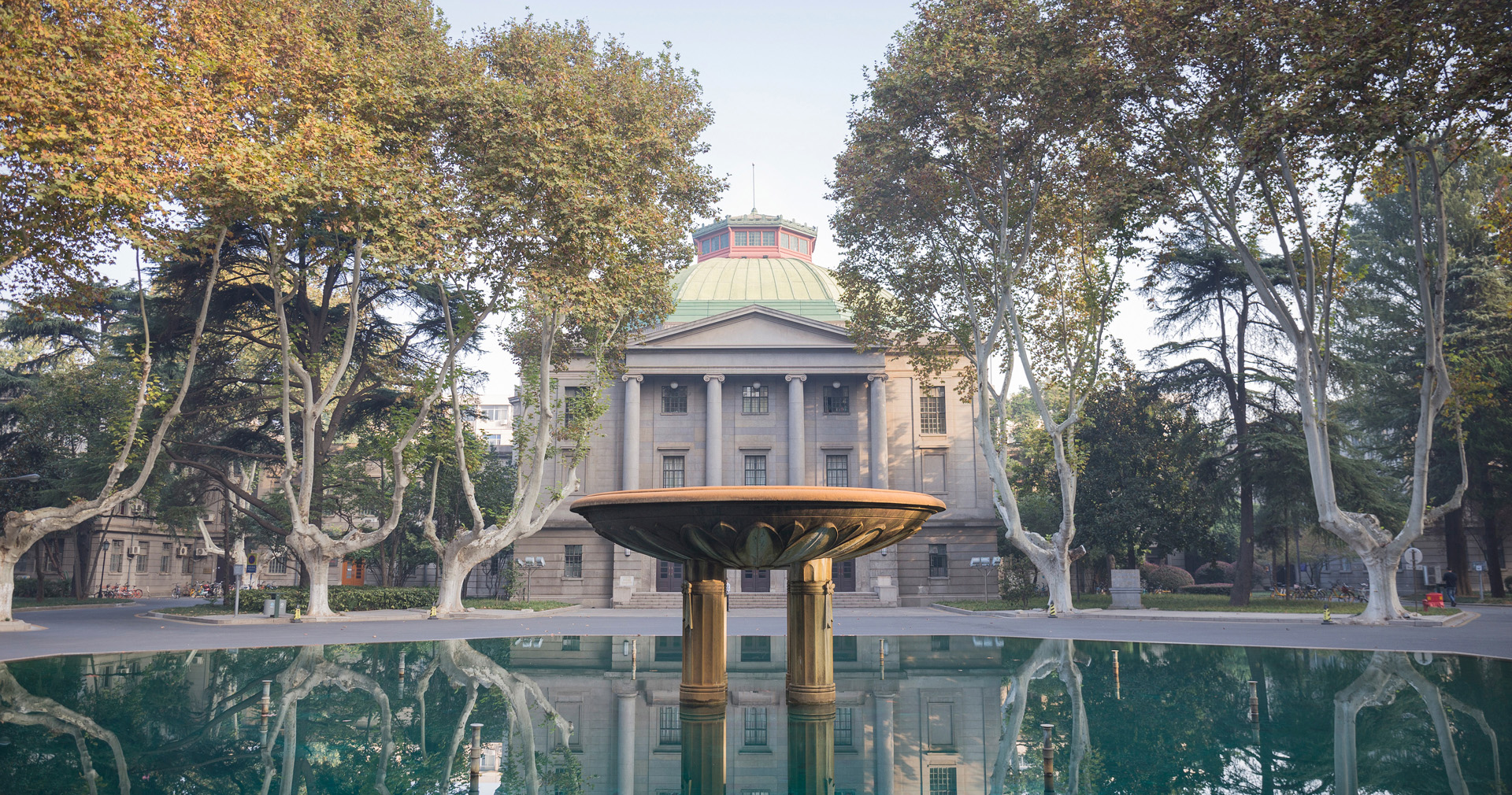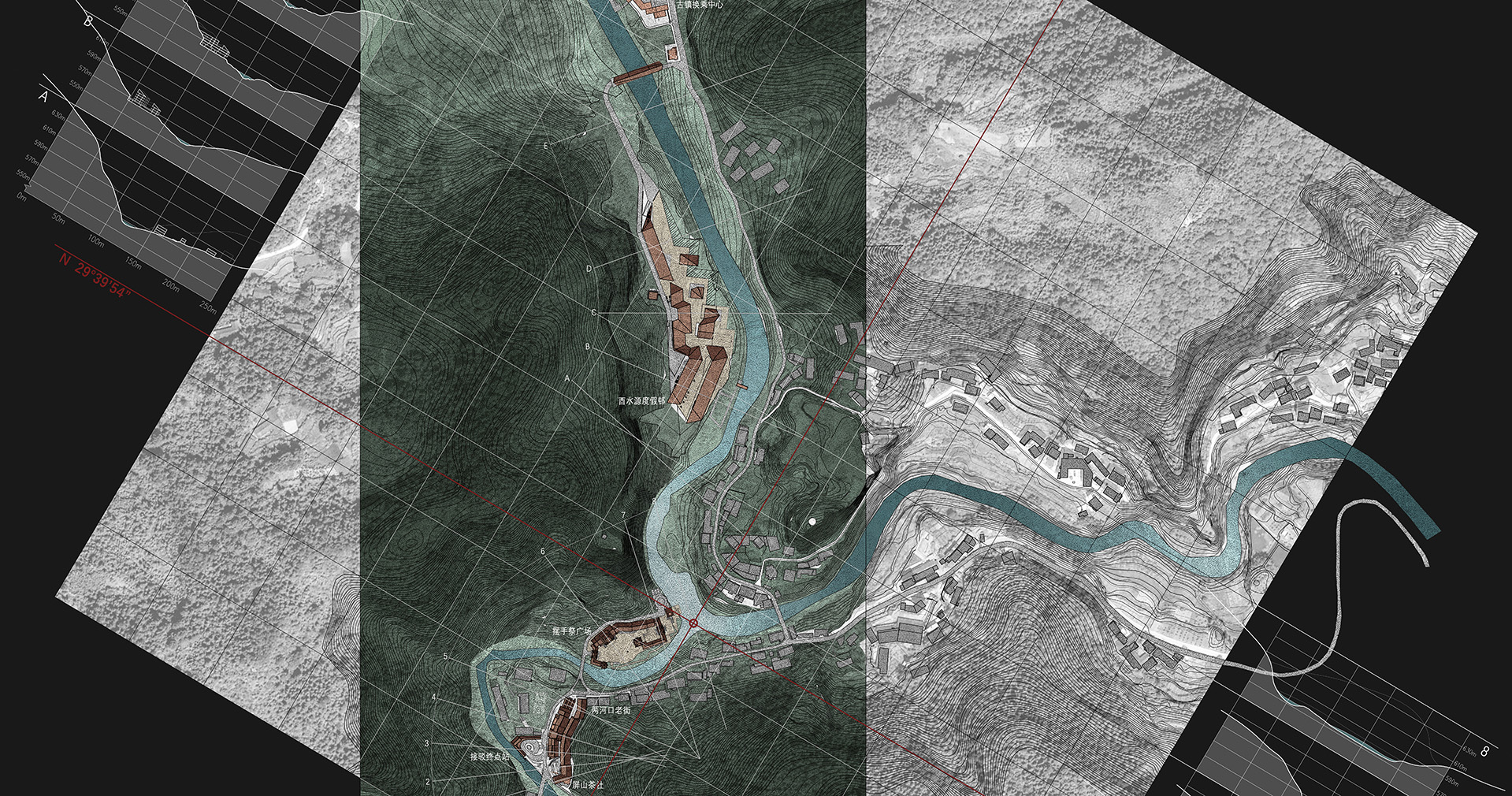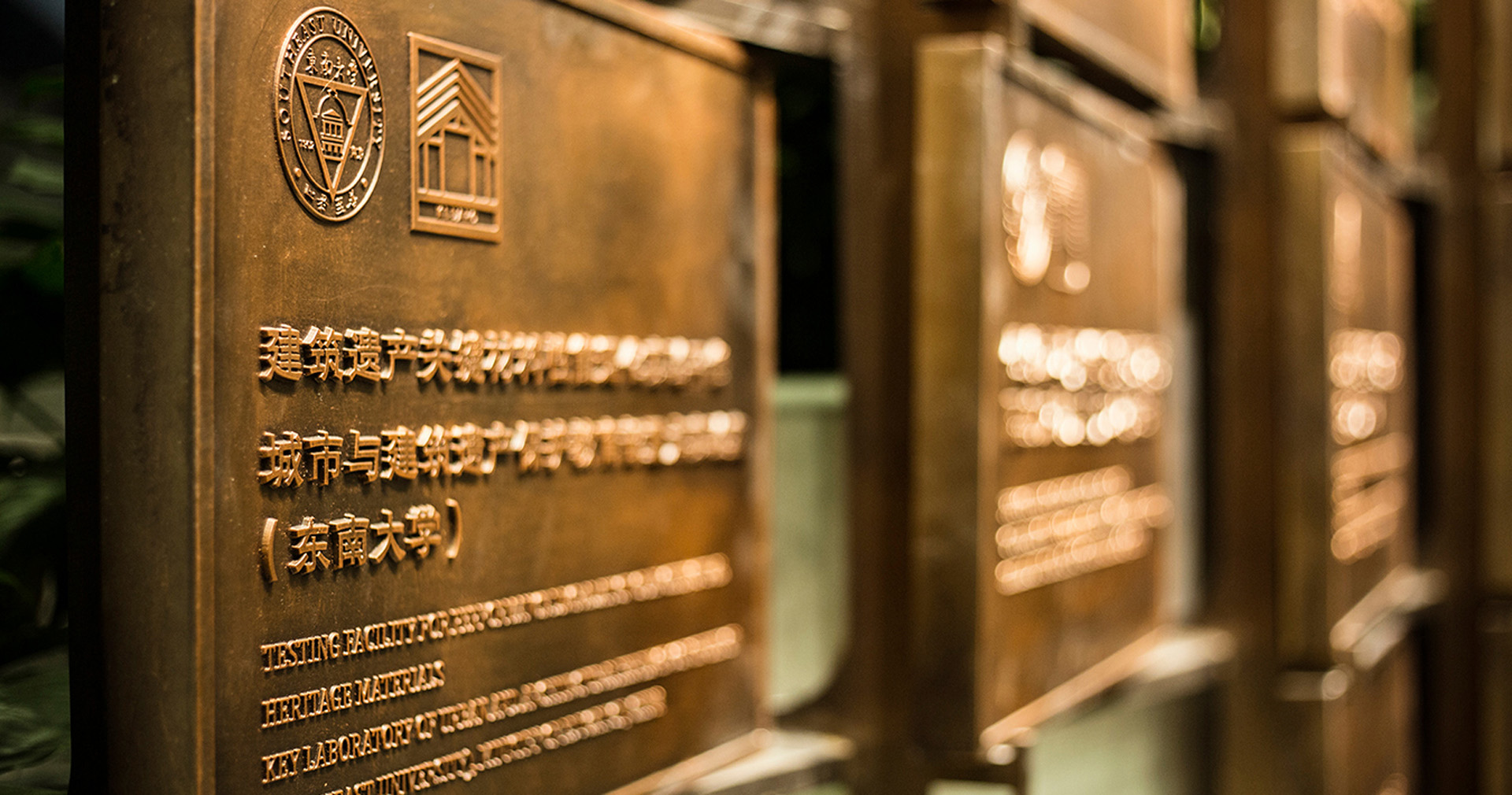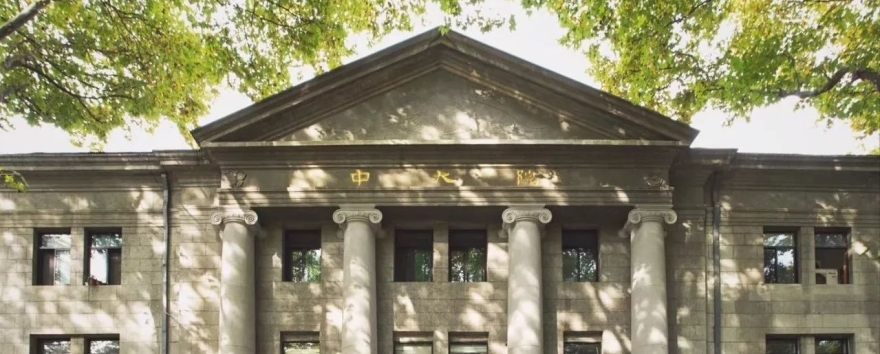
International Joint Studio Teaching |Lianghekou: Regeneration of an Ancient Tujia Village along the Salt Road
International Joint Studio Teaching
Lianghekou: Regeneration of an Ancient Tujia Village along the Salt Road
Southeast University
Huazhong University of Science and Technology
Università Iuav di Venezia
Chongqing University
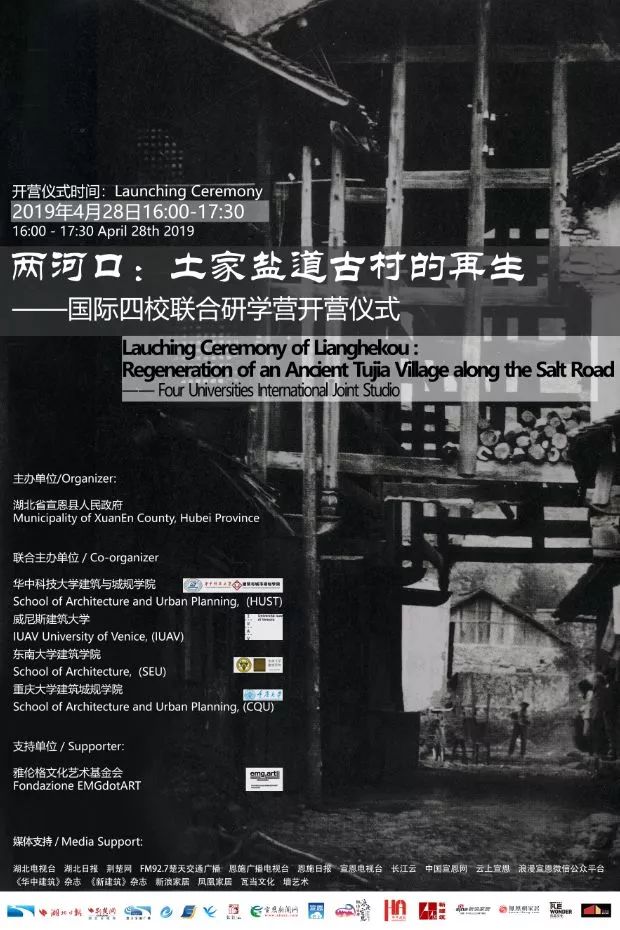
指导教师:
东南大学:张彤、王川
华中科技大学:李保峰、汤诗旷
威尼斯建筑大学:Aldo Aymonino, Enrico Fontanari, Giuseppe Caldarola, Margherita Turvani
重庆大学:褚冬竹、宫聪
With the support of Enshi Tujia and Miao Autonomous Prefecture and Xuan'en County, funded by the education foundation of Southeast University and EMGdotART foundation, the international joint studio teaching, ”Lianghekou: Regeneration of an Ancient Tujia Village along the Salt Road” officially opened in Pengjia Village, Shadaogou Town on April 28, 2019. Led by Prof. Zhang Tong and Dr. Wang Chuan from School of Architecture, Southeast University, 11 graduate students joined a team of nearly 50 students and tutors from Huazhong University of Science and Technology, Università Iuav di Venezia and Chongqing University. In the next six weeks, Chinese and foreign students from various majors including architecture, urban planning, landscape architecture and environmental design will contribute to the local community with their professional knowledge. They will explore how the declining ancient villages along the Salt Road can be regenerated in the upcoming tourism development, while avoiding the erosion of the vibrant local cultural heritage caused by instant and superficial consumerism.
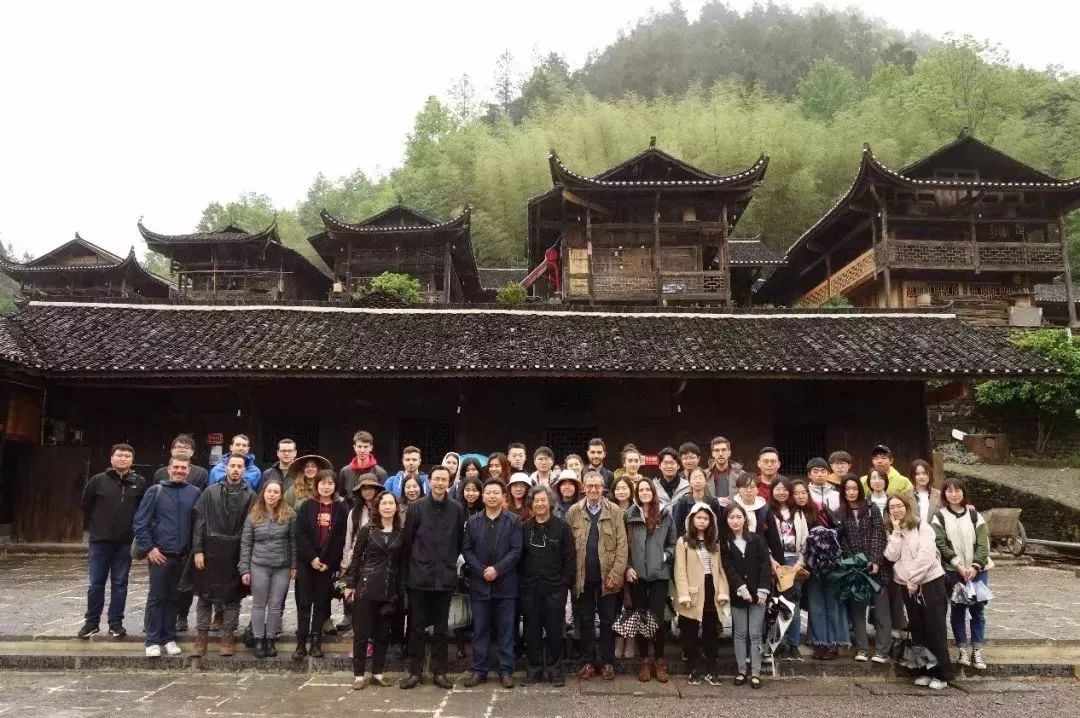
BACKGROUND
Lianghekou Village, located in Xuanen County, Enshi Tujia and Miao Autonomous Prefecture, Hubei Province, was a commercial village along the ancient Salt Road during the Ming and Qing dynasties. The one-hundred-meter street, which typically embodies the tectonic characteristics of Tujia and Miao stilt house and the settlement pattern of commercial villages, has been well preserved. As a result of population loss and commercial decline, the once thriving ancient village is suffering from the decay.

At present, Shadaogou Town, where the heritage villages such as Pengjiazhai and Lianghekou are located, is embracing the opportunity of the development of mass tourism. Tujia villages represented by the national heritage of Pengjiazhai is attracting the attention from the out world. The opening of the highway in 2019 will bring numerous visitors to this hidden the Salt Road valley. How to avoid superficial consumption and preserve the authentic values and identities of the national cultural heritage in the predictable mass boom of tourism, so as to regenerate the declined ancient villages, is not only the topic of this joint teaching studio, but also the common challenge faced by human cultural heritages worldwide, including the city of Venice.
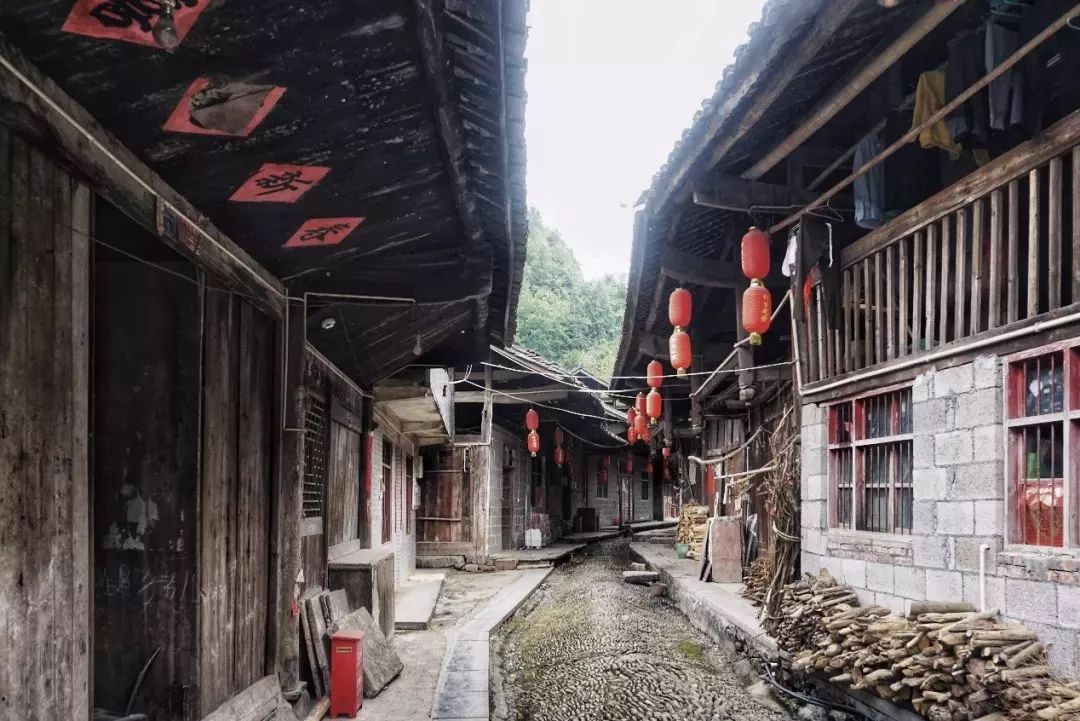
OBJECTIVES
To demonstrate the power of architecture as forces of responsiveness and advocacy in the face of increasingly fragile and vulnerable cultural patrimony.
To challenge students to address an architectural resilience that supports the economic advantages of tourism, while celebrating the authentic values and cultural identities of historical legacies.
THE FIRST WEEK FIELDWORK
The 42 students from four universities will be divide into 6 mix groups, each of 7 students from different schools.
Each group will be given two tasks. One is a section of the linear village consisting of both sides of the street. Students are required to do the survey and research of the building typology consisting of but not limited to space, structure, façade, material and building techniques. Besides, each group should select one of the following six overlays to do systematic research:
1. The master plan of the whole Lianghekou village including the old and new, the topography and the infrastructure system.
2. The research of Tujia nation from the views of anthropology, ethnology, history and economics.
3. The climate and geographic conditions, the natural system and resources along the valley.
4. The local cultural identities along the valley.
5. The archi-tectonic system and building techniques of Tujia stilt house and settlement.
6. The comprehensive planning of Enshi Prefecture and Xuanen County of the recent years as well as the systems of infrastructure and community service along the valley.

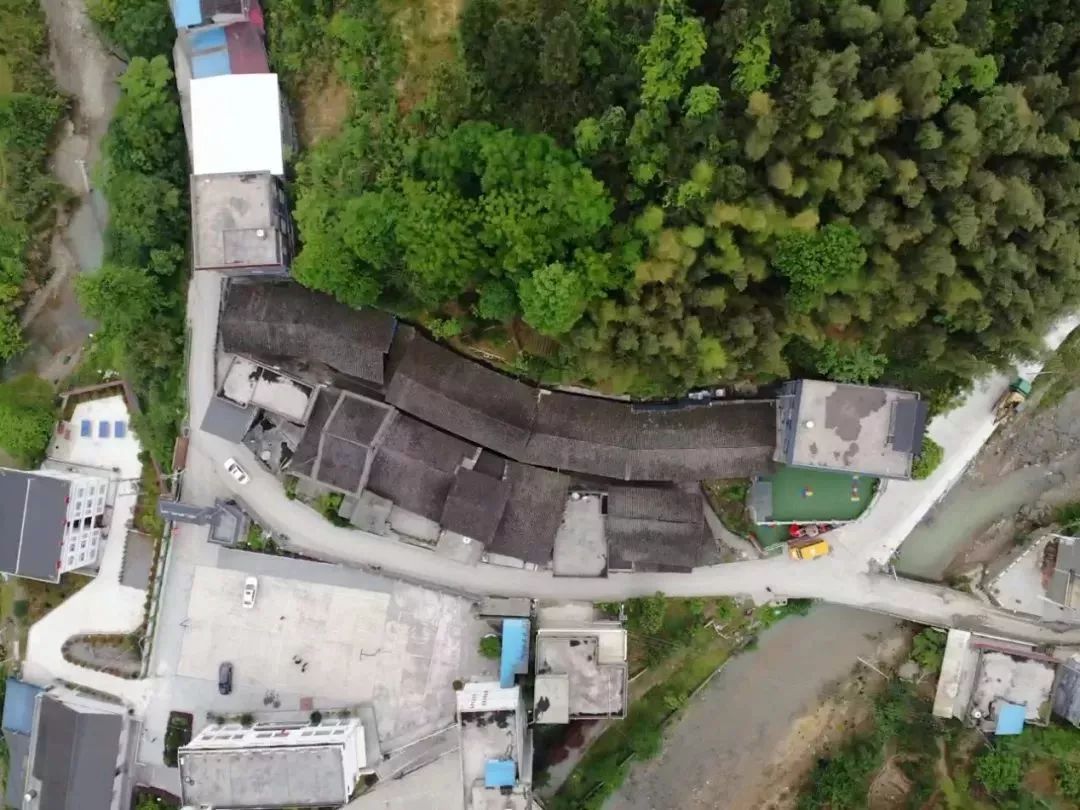
It is intended that the research work be both documentary and projective. As well as recording the actual conditions on the site, students should also think about other possibilities that might be appropriate for the coming change of the area, and accordingly provide guidance for in-depth investigation.
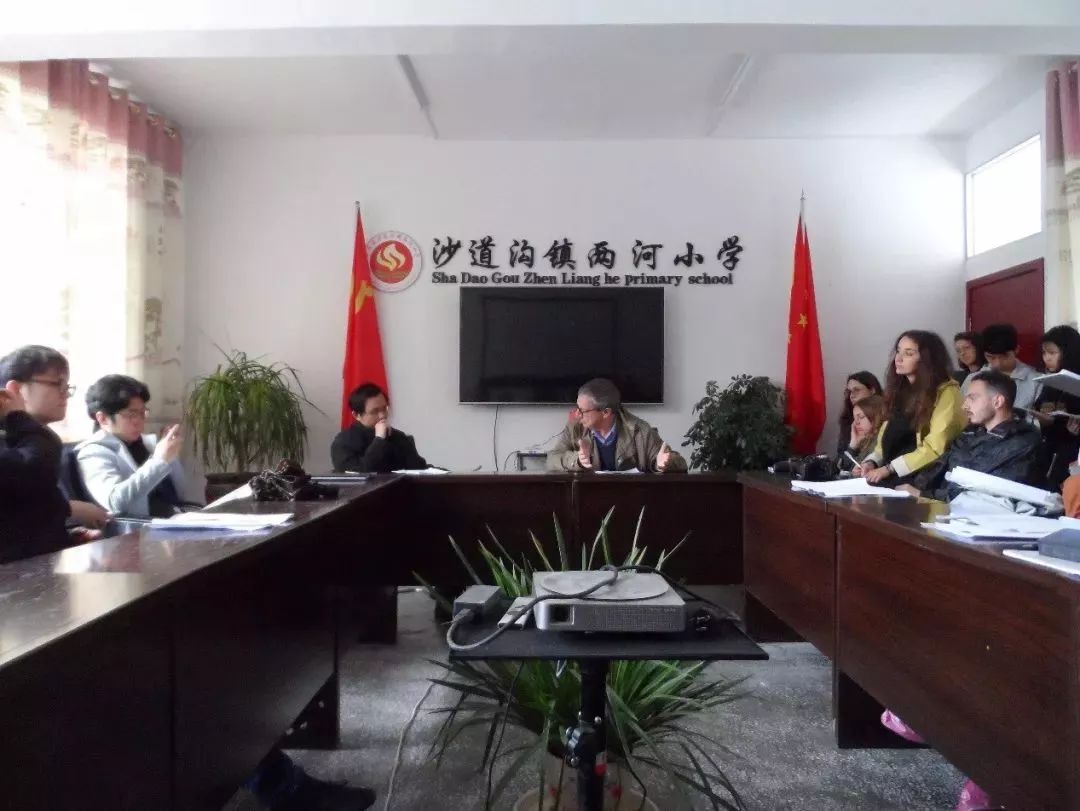
PROCESS AND RESULTS
According to their own tasks, six groups conduct targeted research and analysis within one week. On the one hand, students focus on the basic surveying and mapping of the old street, collecting information from various overlays such as space, structure, scale, material and technology; On the other hand, they do some research to respond to their topics by literature review and field visits.

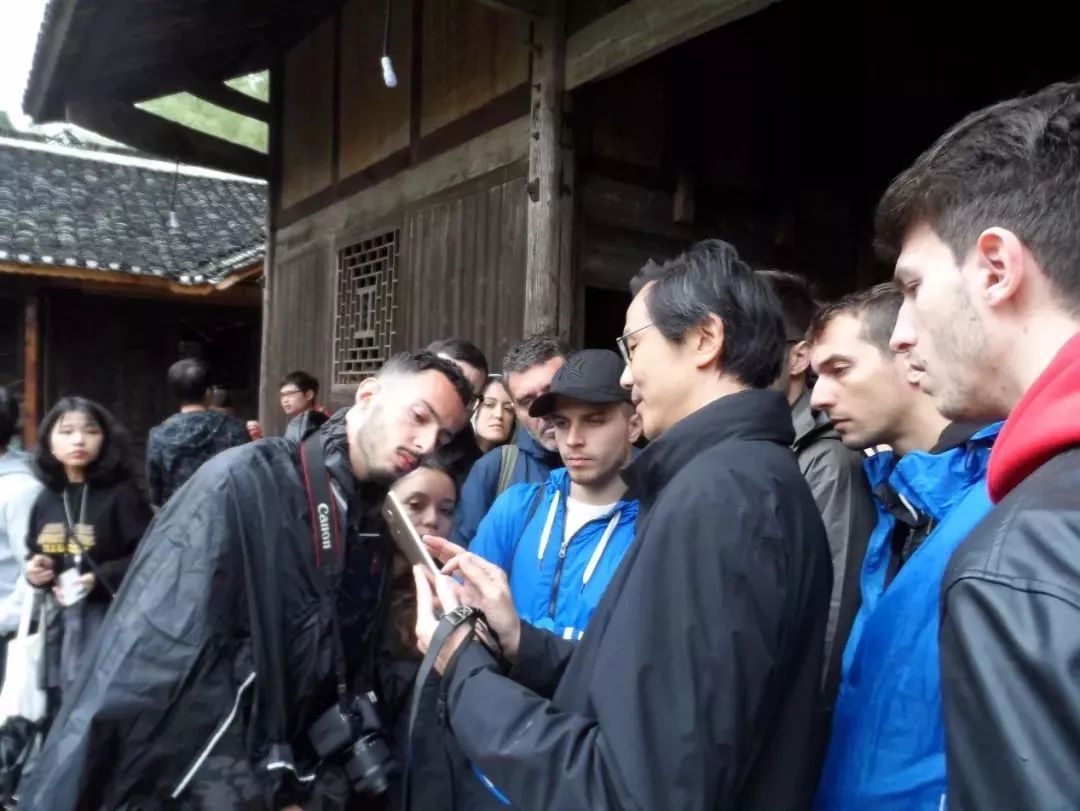
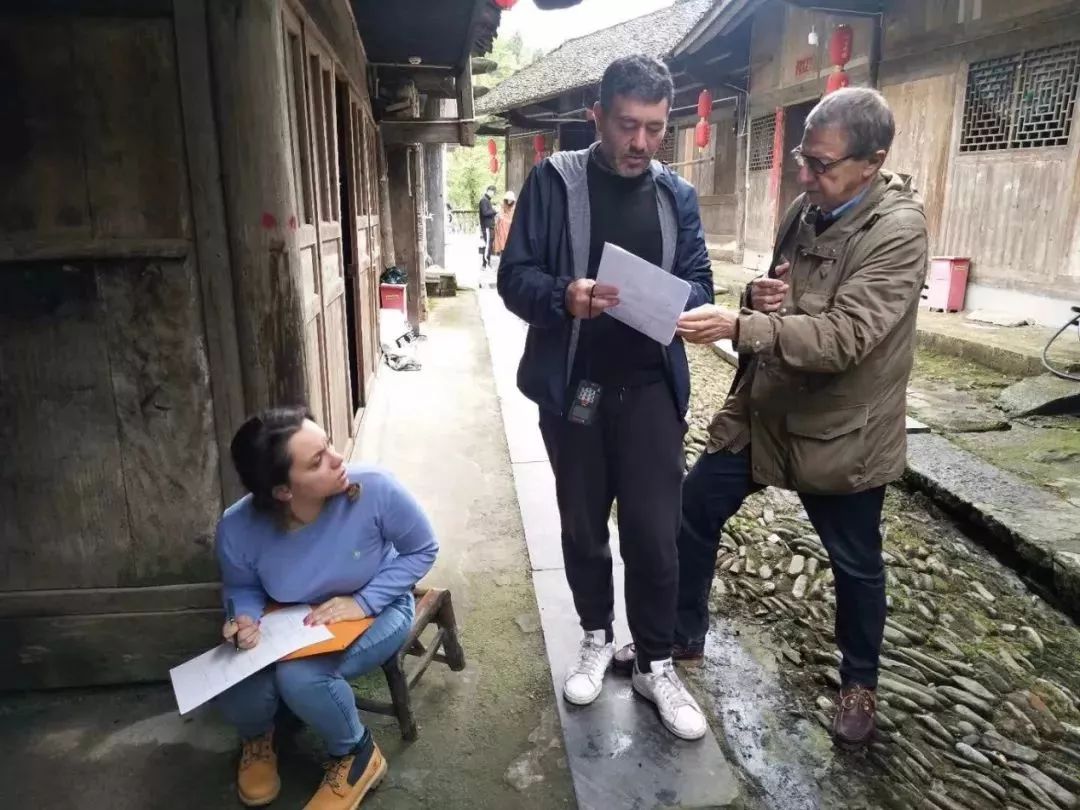
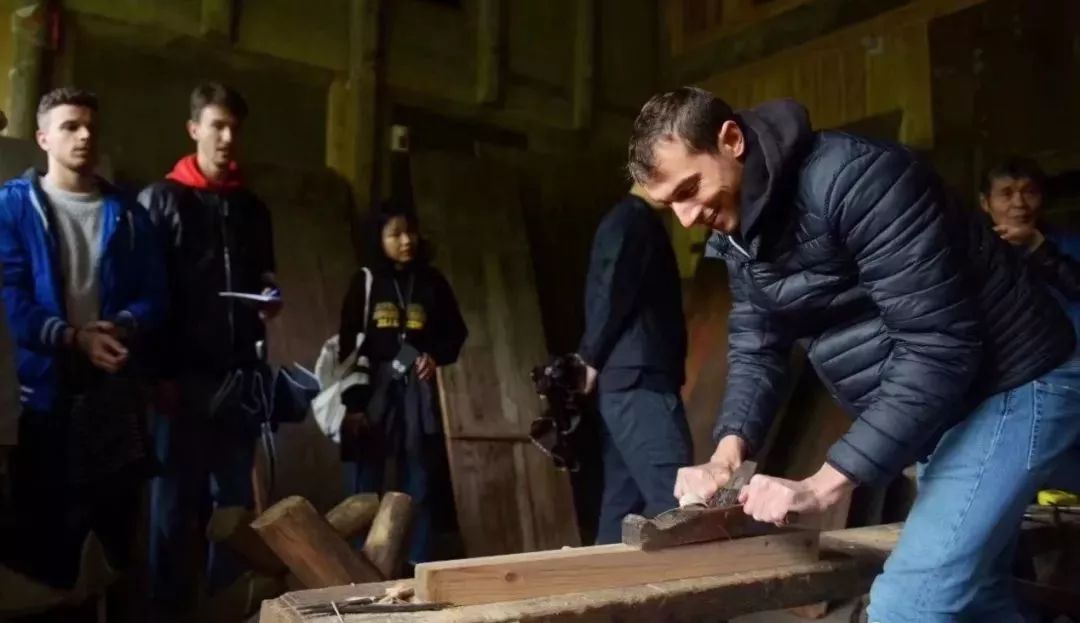
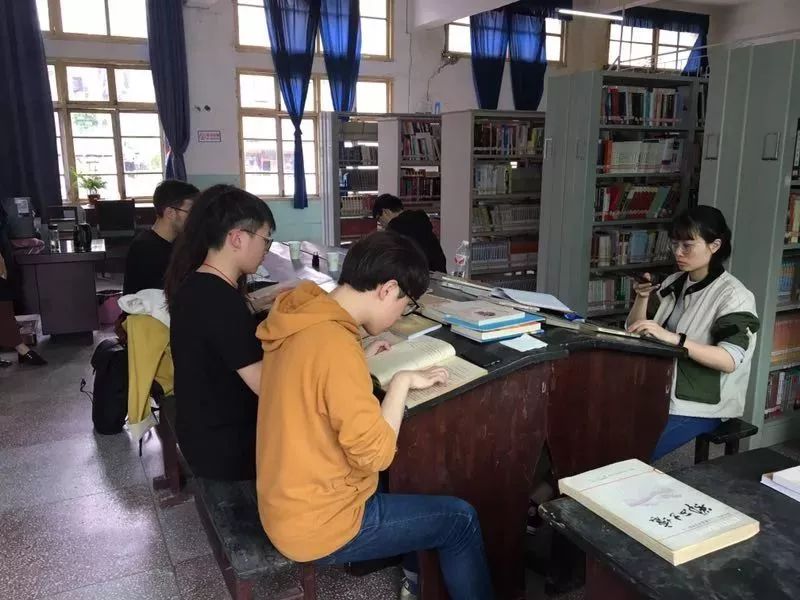
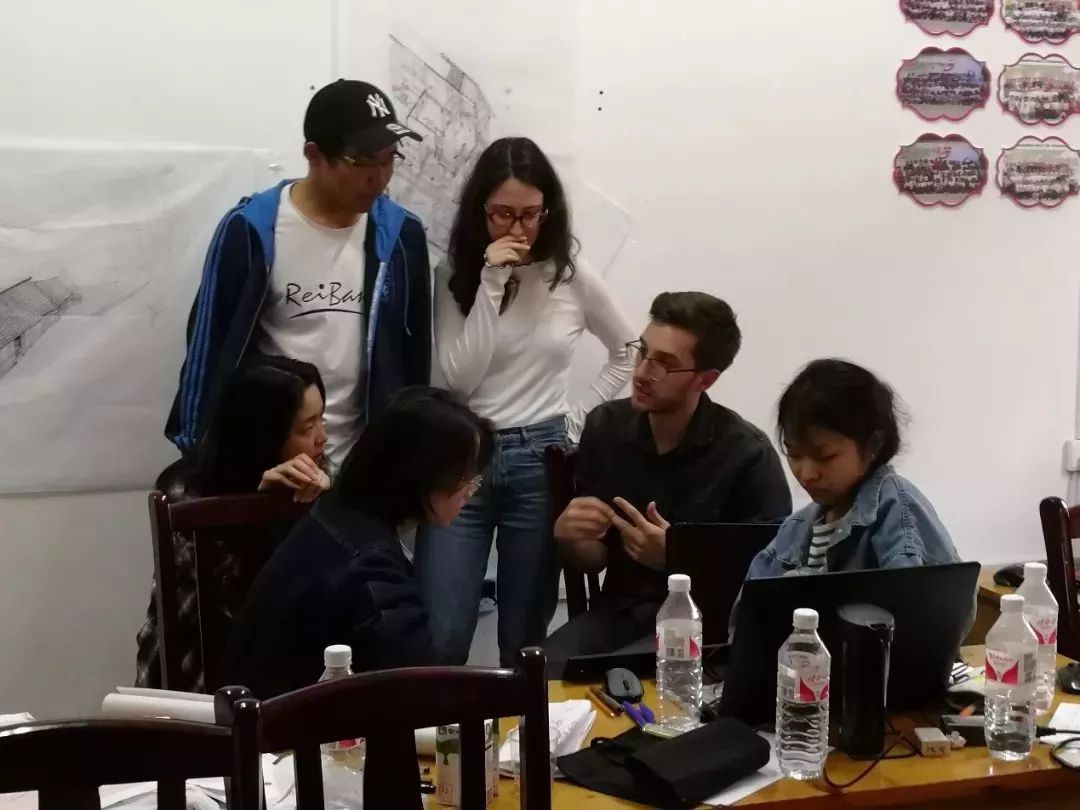

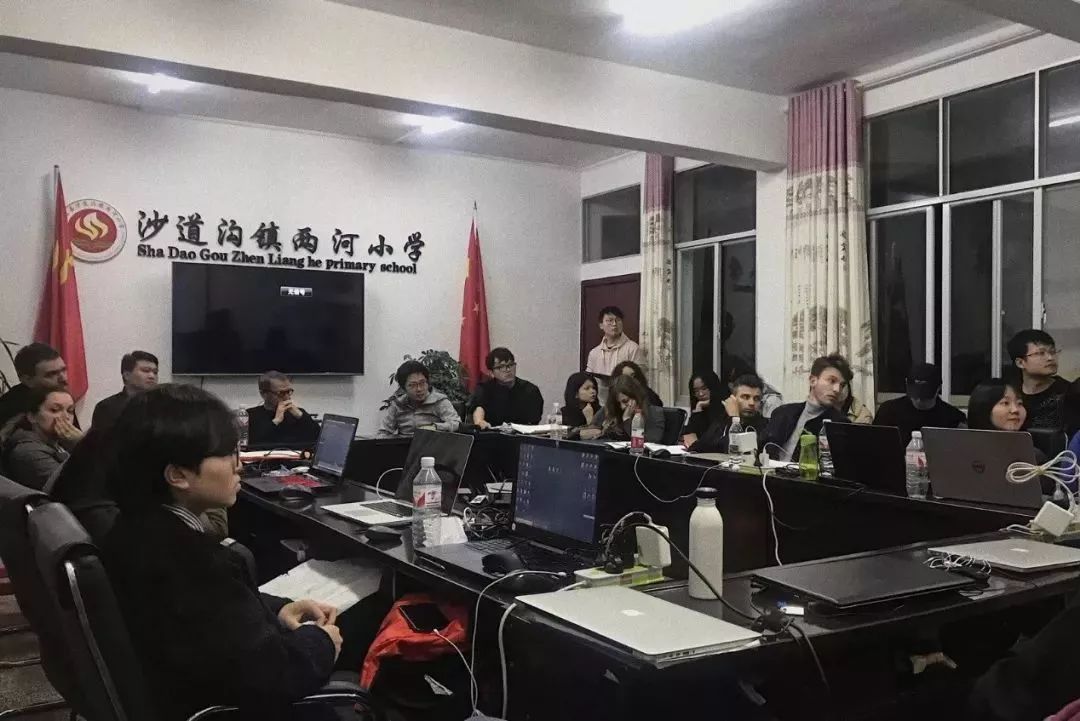
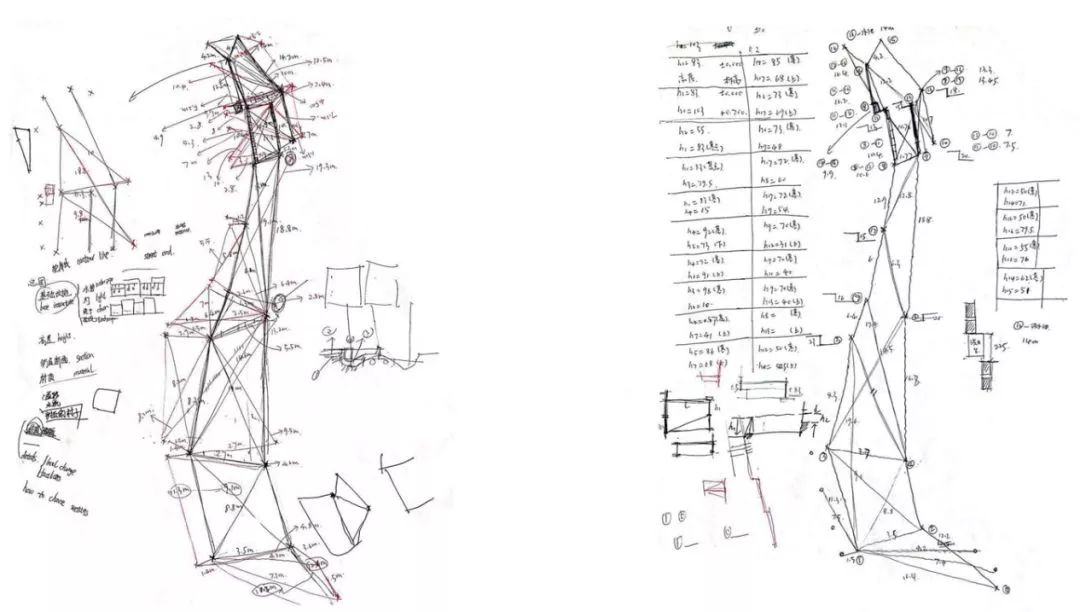




The research presentations were held in Lianghe primary school on the morning of May 4. Each group make a comprehensive display of the various surveying and mapping achievements and research topics in multiple ways, such as drawings, sketches, diagrams, photography, video, written notes and so on. Some of them also proposed preliminary design concepts to cope with the possibility of future development on the historical streets.
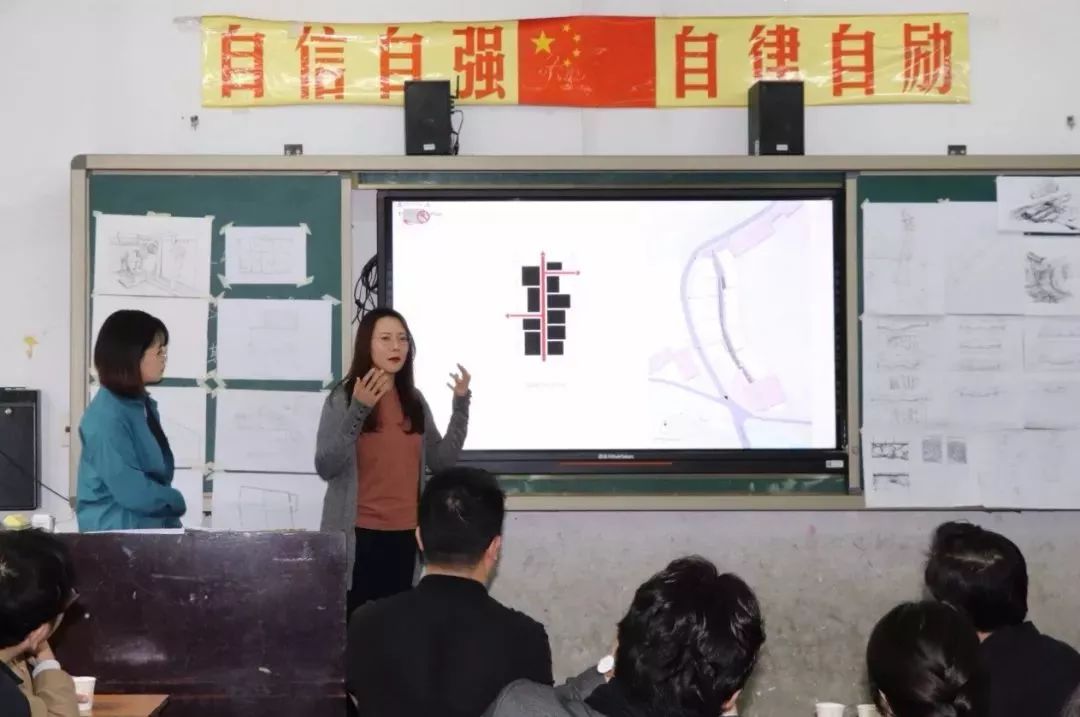
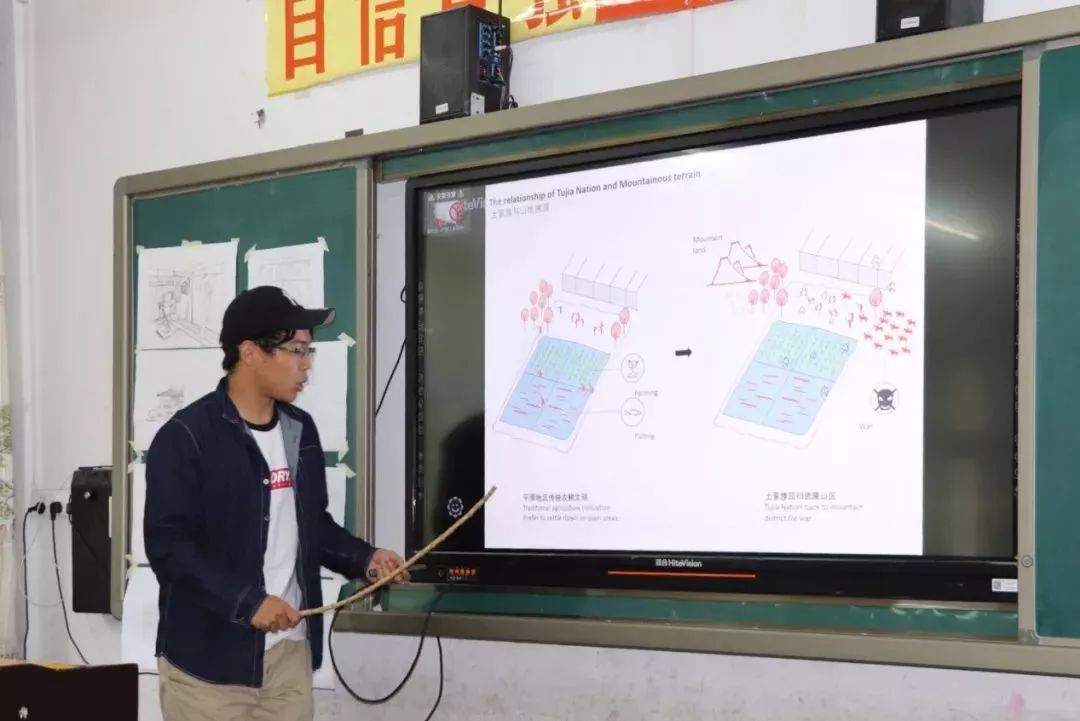




At present, the first week fieldwork of the International Joint Studiohas been successfully completed. The materials and achievements of the workshop will be shared to every school as a basis for further design work. The final achievements will be presented scheduled on June 14 at IUAV in Italy.
